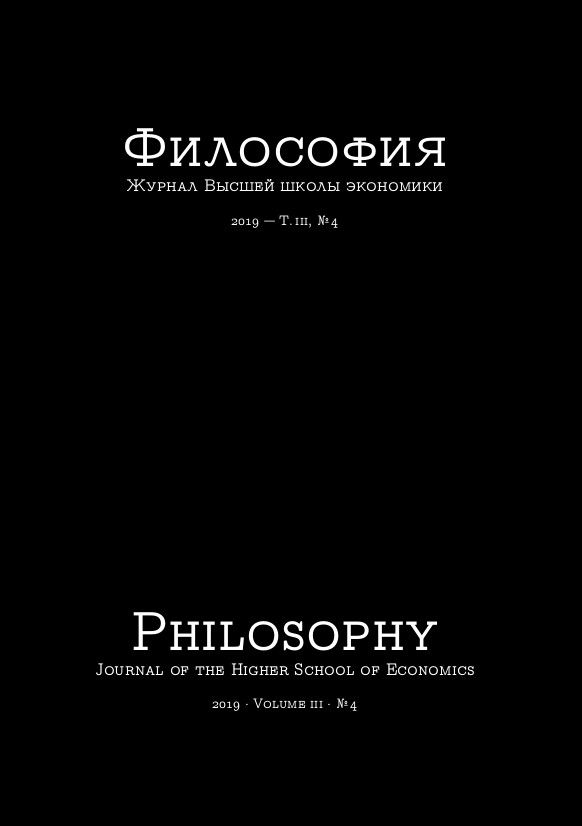«Дайте нам изучить человека таким, какой он есть, чтобы научить его тому, чем он должен быть»
Аннотация
В максиме, которой озаглавлена настоящая работа, Мабли, французский философ XVIII в., сформулировал ключевой принцип модерного, «просвещенного» понимания: запрос на то, чтобы использовать знание естественных законов человеческой природы как основание для социальной политики и социальных законов. Это было основой утилитаристской социальной и политической мысли, и остается общим местом современного западного дискурса. В настоящей работе я проанализирую затруднения и противоречия, к которым ведет максима Мабли. Затем я проиллюстрирую свои аргументы при помощи тематического исследования лекции Томаса Генри Гексли «Эволюция и этика» (1893). Как в этой лекции, так и в других доступных работах, Гексли одновременно отстаивал и понятие «места человека в природе» (напр., научное изучение человеческого подчинения законам природы) и преодоление естественных условий этической культурой. Он приводил разные аргументы в различных риторических условиях. В настоящей работе полагается, что это действительно для всех современных высказываний о законах человеческой природы, оторванных от понятийных корней, — веры в то, что такие законы существуют в иудео-христианской теории права. Я подчеркиваю это, привлекая некоторые озарения из Ницше по поводу желания «жить согласно природе», т.е. согласно законам природы. Работа завершается кратким комментарием насчет применимости такого анализа к современным высказываниям о нейронауках как основании человеческого самопознания и морального действия. Я отсылаю к направлению «Этика и Общество» в рамках европейского Проекта Человеческий Мозг (The Human Brain Project HBP).






